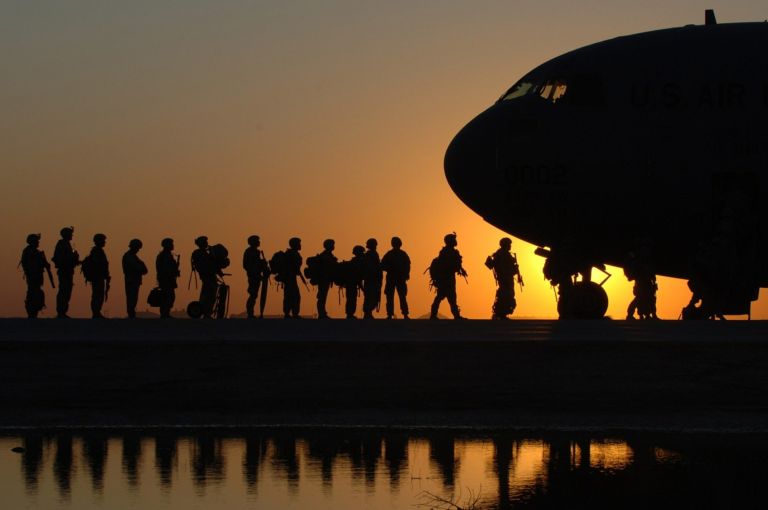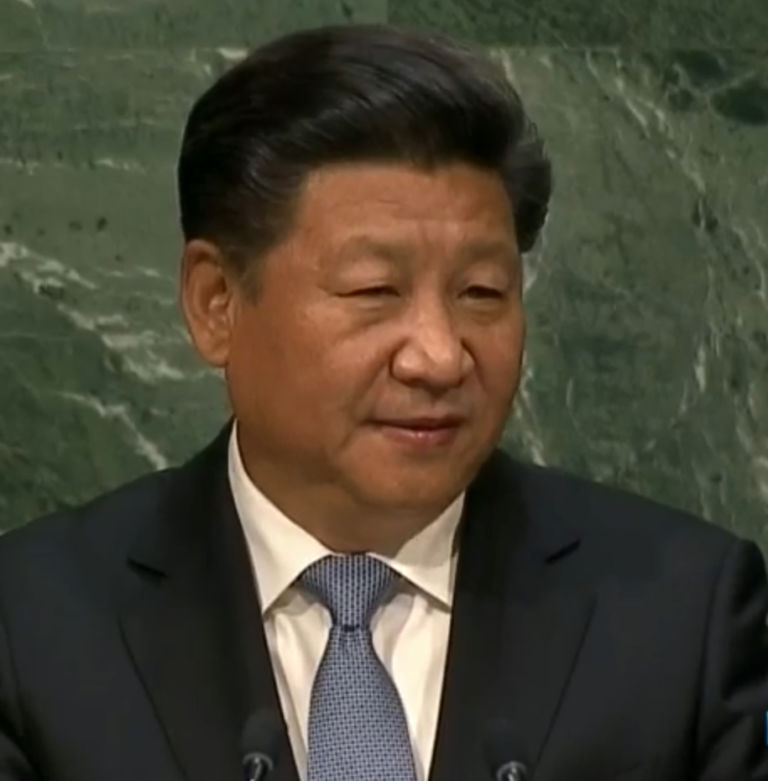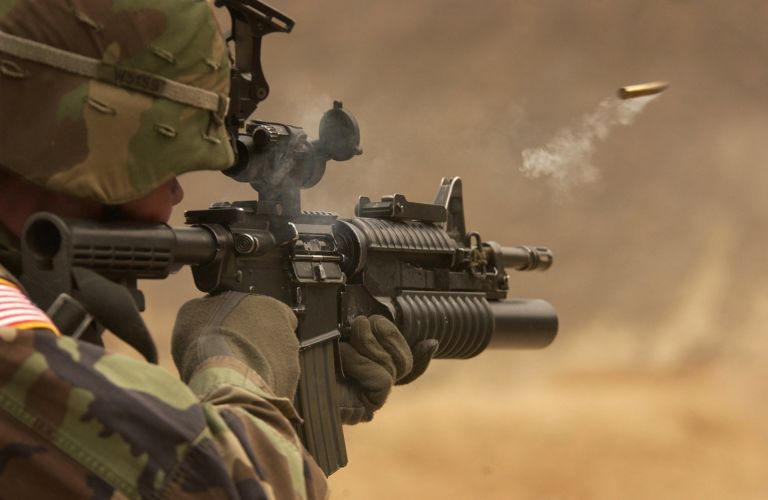Natalie Johnson of the Washington Free Beacon details top generals’ concerns about the U.S. military’s system of nuclear deterrence.
The U.S. military is relying on zero-hour modernization to maintain its aging nuclear arsenal as an effective deterrent against adversaries, according to two top U.S. generals.
Gen. Paul Selva, vice chairman of the Joint Chiefs of Staff, testified before the House Armed Services Committee that the United States cannot defer nuclear modernization without “significant risk” to its deterrent capabilities, particularly as other countries like Russia and China are working to revolutionize their forces.
“These systems will not remain viable forever. In fact, we are now at a point where we must concurrently recapitalize each component of our nuclear deterrent,” Selva testified Wednesday.
“As a result of previous delays and deferrals, all considered, we are currently depending on just-in-time modernization and replacement of many components of our nuclear triad,” he continued.
The U.S. nuclear triad is composed of three legs: land-based intercontinental ballistic missiles (ICBMs), strategic bombers, and submarine-launched ballistic missiles. Gen. John Hyten, commander of the U.S. Strategic Command, warned that most of the platforms, weapons, and infrastructure that support the triad, such as the Air Force’s ground-based Minuteman III ICBM and B-52 bombers, are several decades old and have already been extended well beyond their intended lifespans.
“We have made several considered decisions over the last decade to defer some modernization of [the U.S. nuclear deterrent] force in order to address urgent needs while still maintaining a safe, reliable, and secure arsenal and delivery capability,” Selva said. “But in making those decisions we have squeezed about all the life we can out of the systems we currently posses, and so that places an extra premium on a very deliberate long-term investment strategy to replace those systems as the existing systems age out of the inventory.”


